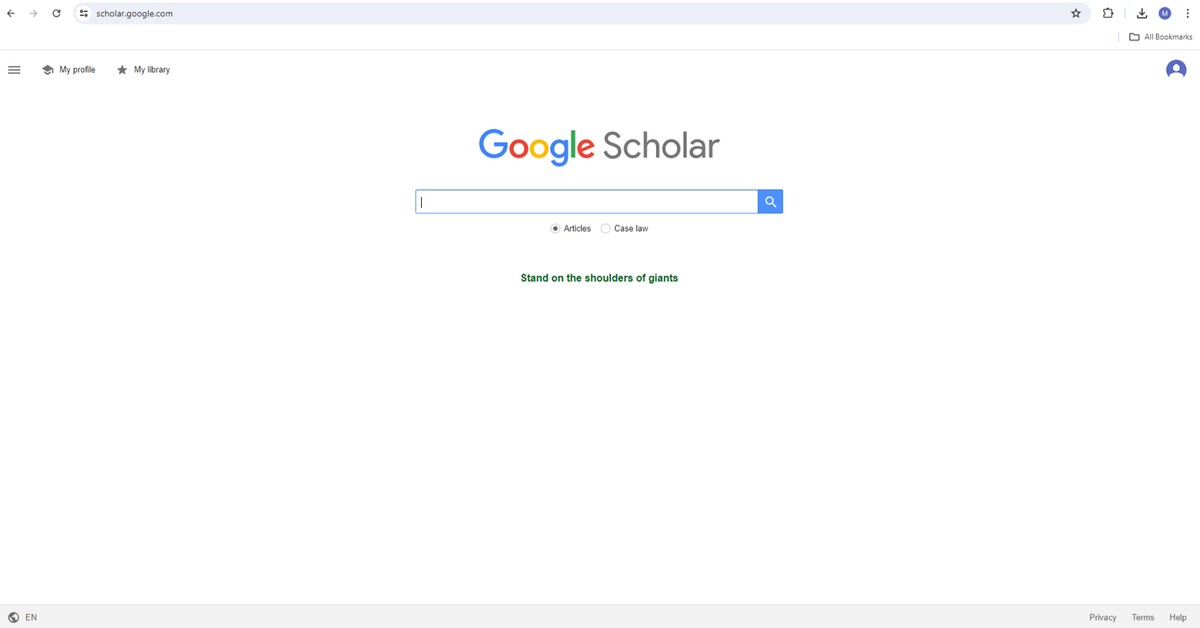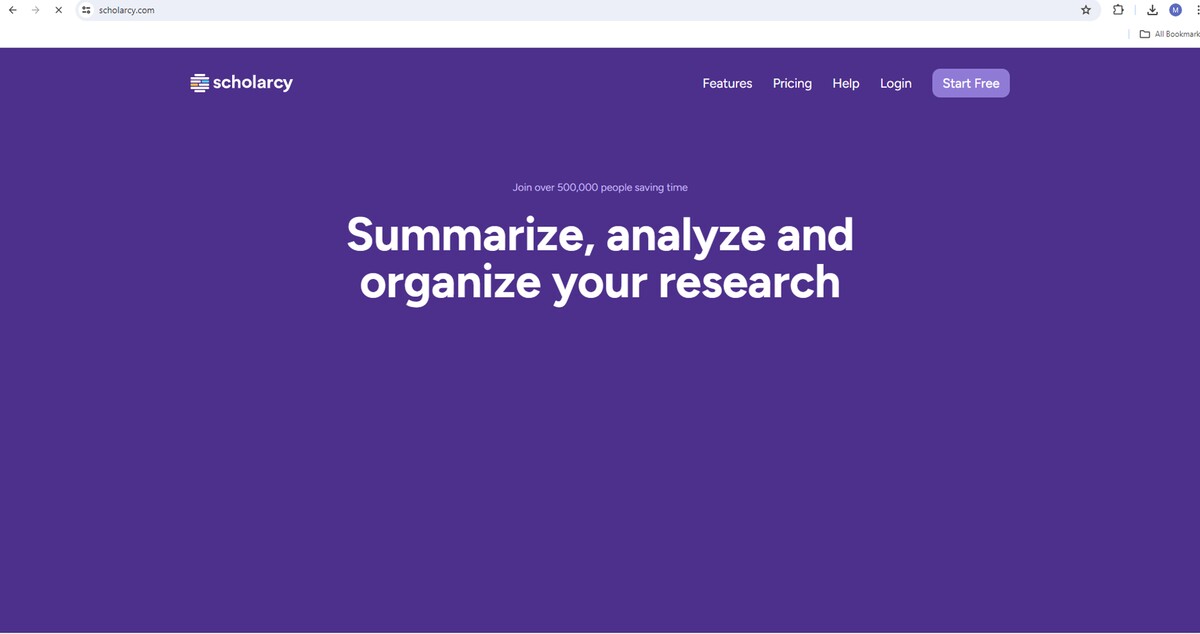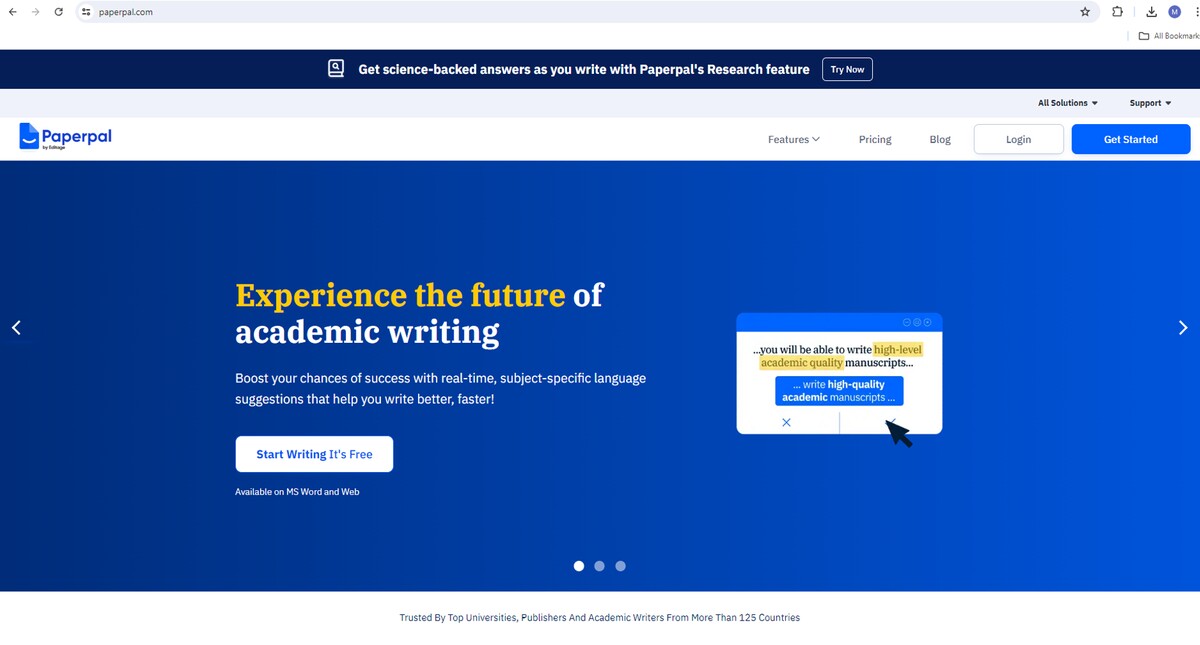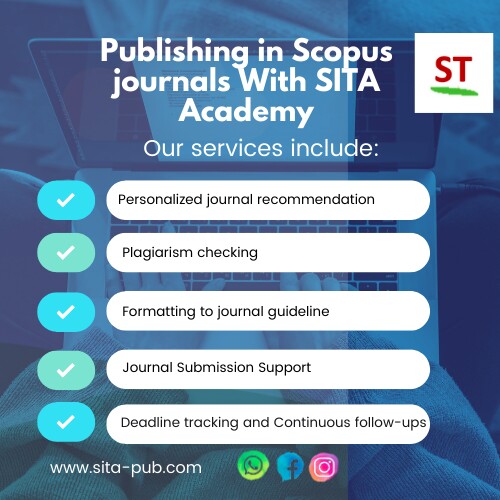Crafting an Effective Literature Review for Your Research Paper


A literature review is a thorough and critical examination of the available scholarly research on a specific topic or research question. The primary goal is to provide a comprehensive grasp of the current level of knowledge on the topic. It entails discovering, assessing, and synthesizing relevant theories, approaches, and findings from many academic sources, including journal articles, books, and dissertations. By critically evaluating the relevant literature, the review identifies gaps in current knowledge, highlights areas of controversy, and places the researcher's own study into the larger academic discourse. A well-written literature review indicates the writer's extensive knowledge of the subject, their ability to think critically about the research, and the value and uniqueness of their proposed study.

Provide an overview and synthesis of the existing scholarly research on a given topic |
Identify and analyze the key theories, methodologies, and findings that are relevant to the research question |
Recognize gaps, inconsistencies, or areas of debate within the current body of knowledge |
Position the researcher's own study within the broader academic discourse and justify its significance |
Demonstrate the researcher's in-depth understanding of the topic and their ability to think critically about the available evidence |
Establish the conceptual and theoretical framework that will guide the researcher's own investigation |
Identify appropriate research methods and analytical approaches based on the existing literature |
Highlight areas for further exploration and potential contributions the researcher's study can make to the field |

Clearly define the topic, research question, or problem that the literature review will answer.
Determine the review's boundaries and parameters, such as the period, geographic scope, and source types to be included.
Refine the focus to ensure that the review is manageable and meets the specific requirements of the research project.

Create a systematic search strategy using keywords, subject headings, and database searches to find the most relevant and high-quality sources.
Consult multiple sources, including scholarly journals, books, conference proceedings, dissertations, and reports.
To identify new relevant material, use snowball sampling by reviewing the reference list of significant sources.
Keep accurate records of the search process to maintain transparency and consistency.

Identify, review, and synthesize the material of each source.
Identify the most prominent theories, methodologies, findings, and gaps in existing research.
Assess the literature's quality, validity, and relevance using elements such as research design, data collecting, analysis, and conclusion.
Identify patterns, themes, arguments, and inconsistencies in the body of literature.

Create a clear organizing structure for your literature review, such as by topic, chronology, or methodology.
Use subheadings, transitions, and logical flow to direct the reader through the review.
Ensure that the structure represents the significant themes, links, and gaps in the literature.
Consider using visual aids, like tables or figures, to enhance the review's clarity and coherence.

Write the review with a defined objective and audience in mind, going beyond a simple summary to present a synthesizing, critical, and integrated review of the current state of knowledge.
Effectively explain the main elements, such as the importance of the research, the strengths and limits of the current literature, and the possible contributions of the proposed study.
Maintain a formal, academic writing style and follow the proper citation and referencing rules.
Continuously develop and edit the literature review to ensure that it is well-organized, cohesive, and conveys the research's relevance and significance.

Google Scholar
Comprehensive literature search: Use Google Scholar to search for and discover relevant journal articles, conference papers, and books related to your research topic.
Pricing: Free
Website: https://scholar.google.com/

EndNote
Consistent citation formatting: Rely on EndNote's automated citation and bibliography tools to ensure a consistent and professional presentation of your literature review, saving time and reducing the risk of formatting errors.
Pricing: Paid software, with various licensing options
Website: https://endnote.com/

Scholarcy
Paper summarization and key point extraction: Scholarcy is an AI-powered tool that can automatically summarize research papers and highlight the main points, findings, and conclusions, streamlining the literature review process.
Pricing: Scholarcy offers both free and paid plans, with the paid plans providing more advanced features and higher usage limits.
Website: https://www.scholarcy.com/

Tailor
Contextual literature analysis: Tailor is an AI-powered tool that can analyze the context and significance of research papers, helping to identify the main contributions, limitations, and implications within the literature.
Pricing: TAILOR offers a free trial, with paid plans available for ongoing use.
Website: https://www.tailor-ai.com/

PaperPal
AI-assisted paper summarization: PaperPal uses advanced natural language processing algorithms to generate concise summaries of research papers, highlighting the key objectives, methods, findings, and conclusions.
Main point identification: PaperPal can identify the central themes and most important takeaways within the literature, aiding in the synthesis and organization of the literature review.
Pricing: PaperPal offers both free and paid plans, with the paid plans providing more advanced features and higher usage limits.
Website: https://www.paperpal.com/
Are you a researcher, scientist, or academic struggling to get your work published? SITA's Publication Support Services can help streamline the process and increase your chances of successful publication.

If you have any questions, inquiries, or would like to learn more about our services, please don't hesitate to reach out to us. Our dedicated team is ready to assist you.